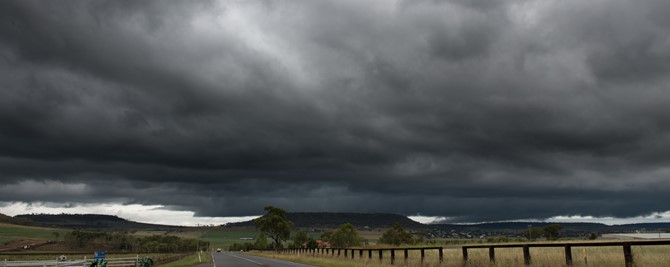Place-value and ‘partnership, collaboration and cooperation’-focused development in remote areas
Archive
- Apr 2022
- Nov 2021
- Jun 2021
- Nov 2020
- Oct 2020
- Sep 2020
- Aug 2020
- Jun 2020
- Apr 2020
- Oct 2019
- Sep 2019
- Aug 2019
- Jul 2019
- Jun 2019
- May 2019
Categories
- Economic Tools
- Policy Development
- Innovation
- Value Chain
- General

Place-value and ‘partnership, collaboration and cooperation’-focused development in remote areas
08 April 2020
Author: Thea Voogt, University of Queensland School of Law
Place-based rural and regional development is an important and key strategy for building and sustaining regional communities in Australia.
The key foundational principle of contemporary regional development in Australia is ‘partnerships, collaboration and cooperation’ between the government, the private sector and communities. The involvement of a range of stakeholders in regional development processes means there is greater potential for community ‘ownership’ of infrastructure, growth and innovation projects, and of the pooling of resources to reach mutually beneficial outcomes.
Place-value economic development is a form of place-based development that places a particular community and the self-identified potential of that community and place (area) at the centre. Place-value economic development results in cooperation-focused regional economic development strategies built around the unique value and potential of a place.
This Research Paper uses the concept of ‘place-value economic development’ to illustrate the potential of a community-led, and government-supported, remote area economic development strategy that is conceptualised around the historical and inherent agricultural value of the sheep and wool industry in Central West Queensland. This place-value-focused strategy – ‘Bring back the sheep’ – relies on the participation of a range of stakeholders. In return, an even broader range of stakeholders stand to benefit.
The case studies
This Research Paper undertakes two case studies to explore different conceptions of partnerships, collaboration and cooperation in reference to the application of two policy tools – loans and grant funding – in very remote area development.
The setting of the case studies is the RAPAD region of Central West Queensland. The case studies are focused on the construction of exclusion fences as the essential element of the ‘Bring back the sheep’ economic development strategy. Wild dogs are pest animals and exclusion fences are an important tool in wild dog management. Exclusion fences are infrastructure that benefits landholders, communities and the government in the context of pest management.
The case studies are:
- The loan-based Longreach Wild Dog Exclusion Fence Scheme (LES) and
- The RAPAD Cluster Fencing Grant Scheme (RAPADCS).
The two exclusion fencing schemes employ different policy tools – a long term loan and grant funding respectively – to facilitate the construction of exclusion fences on privately owned land. Overall, the net cost to the government of using the policy tools are low, but both have the potential to deliver high returns in very remote communities.
The LES involves a long term, low interest rate loan from the Queensland Treasury Corporation to the Longreach Regional Council (LRC). The LRC uses the loan to build exclusion fences on private property and landholders repay the LRC over a twenty year period through special rates. In the RAPADCS, groups of landholders apply for grant funding that subsidises their cost of material to construct an exclusion fence over a cluster of participating properties.

